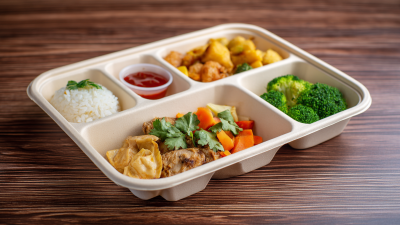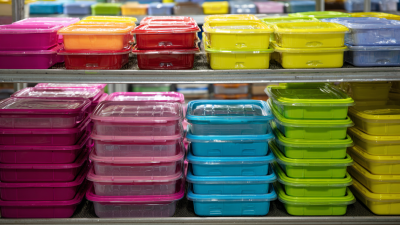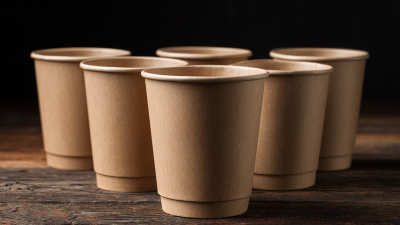As the demand for sustainable and innovative packaging solutions continues to rise, the market for Plastic Food Containers is poised for significant transformation. The 2025 China Import and Export Fair, a pivotal event for international trade, will provide an excellent platform for exploring emerging trends in this sector. With increasing global awareness of environmental concerns, manufacturers and consumers alike are seeking eco-friendly alternatives and advanced technologies in food packaging.
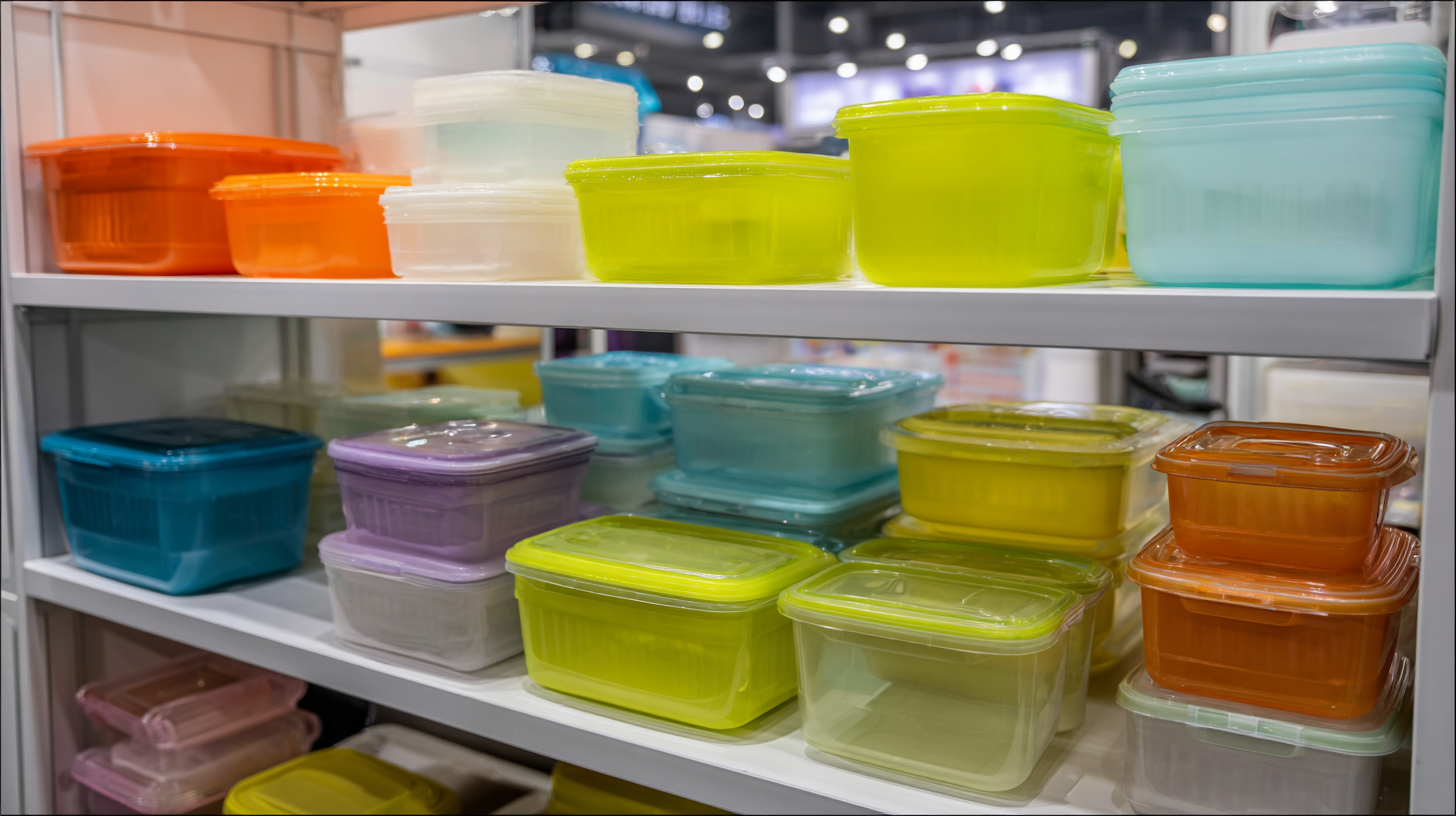 The fair will showcase a variety of new designs, materials, and functionalities that cater to the evolving needs of the food industry, including convenience, safety, and sustainability. This presentation promises invaluable insights into the opportunities and challenges facing the market for Plastic Food Containers as it navigates the dynamics of consumer preferences and regulatory landscapes. As we delve into the trends highlighted at this prestigious event, we will uncover the future direction of this essential segment of the packaging industry.
The fair will showcase a variety of new designs, materials, and functionalities that cater to the evolving needs of the food industry, including convenience, safety, and sustainability. This presentation promises invaluable insights into the opportunities and challenges facing the market for Plastic Food Containers as it navigates the dynamics of consumer preferences and regulatory landscapes. As we delve into the trends highlighted at this prestigious event, we will uncover the future direction of this essential segment of the packaging industry.
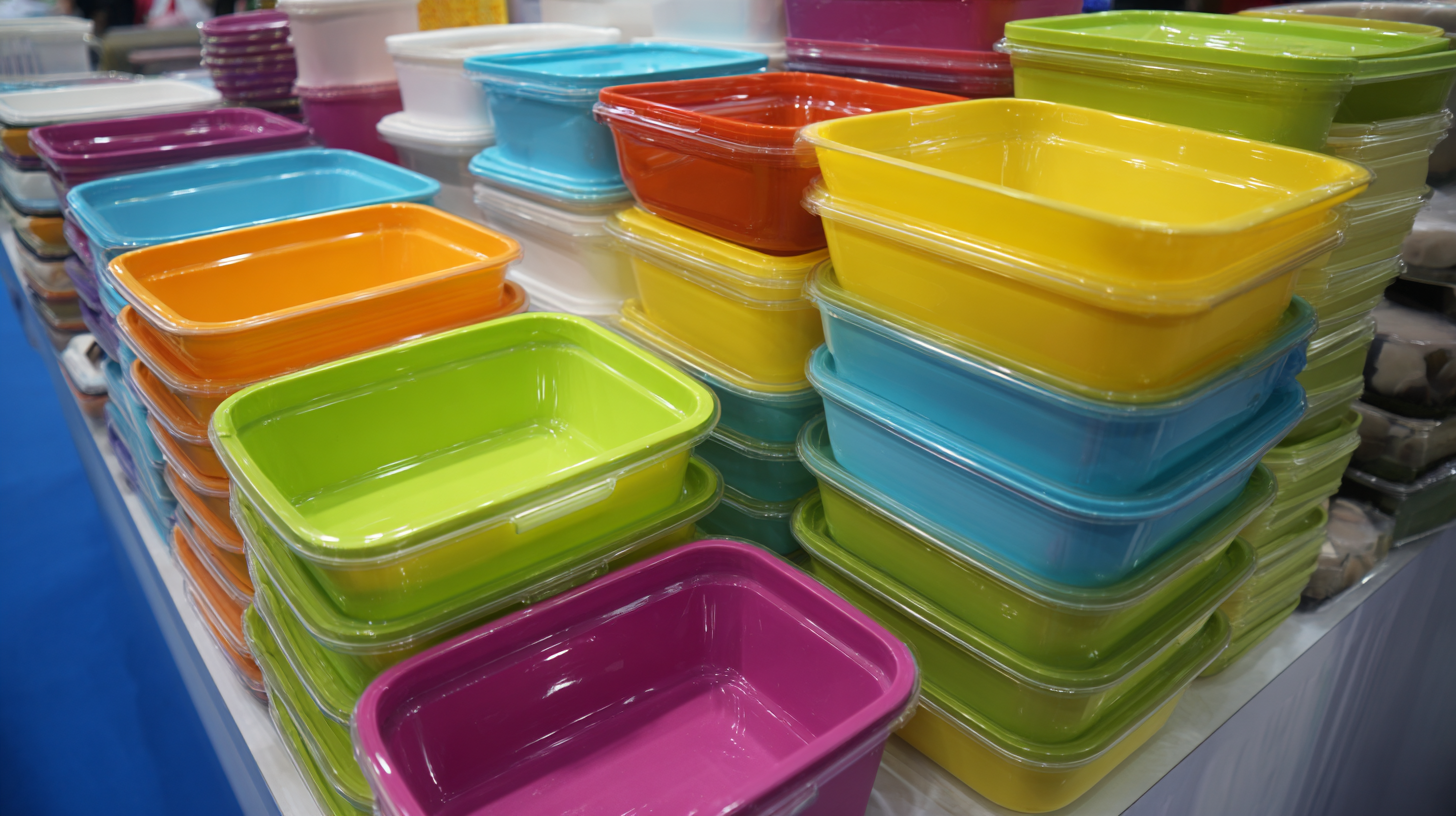 The market for plastic food containers in China is poised for significant growth driven by innovative packaging solutions. As consumer awareness around food safety and quality increases, the role of packaging becomes increasingly vital. Innovations in plastic packaging not only enhance food preservation and extend shelf life but also cater to the demand for environmentally friendly options. The shift towards sustainable packaging materials, including recycled plastics, is gaining momentum, creating new opportunities for manufacturers to reduce their ecological footprint while maintaining product integrity.
The market for plastic food containers in China is poised for significant growth driven by innovative packaging solutions. As consumer awareness around food safety and quality increases, the role of packaging becomes increasingly vital. Innovations in plastic packaging not only enhance food preservation and extend shelf life but also cater to the demand for environmentally friendly options. The shift towards sustainable packaging materials, including recycled plastics, is gaining momentum, creating new opportunities for manufacturers to reduce their ecological footprint while maintaining product integrity.
The recycling trend, particularly in plastics, is reshaping the landscape of the food packaging industry. Companies are focusing on lightweight designs and the use of recycled materials such as R-PET, which not only contribute to reduced packaging waste but also respond to consumer preferences for sustainable products. With the implementation of stricter regulations and a growing emphasis on safety standards, the market is expected to thrive as stakeholders prioritize innovation and sustainability in their packaging strategies. This focus on innovative, eco-friendly solutions will ultimately drive the success of plastic food containers in China's rapidly evolving market.
The upcoming 2025 China Import and Export Fair will provide a crucial platform for analyzing the impact of regulatory changes on plastic container imports. Recent legislative measures aimed at reducing plastic waste and promoting eco-friendly alternatives have reshaped the landscape of the plastic food container market. These regulations are not just confined to production standards but also extend to the importation processes, leading to tighter scrutiny and compliance requirements for overseas suppliers.
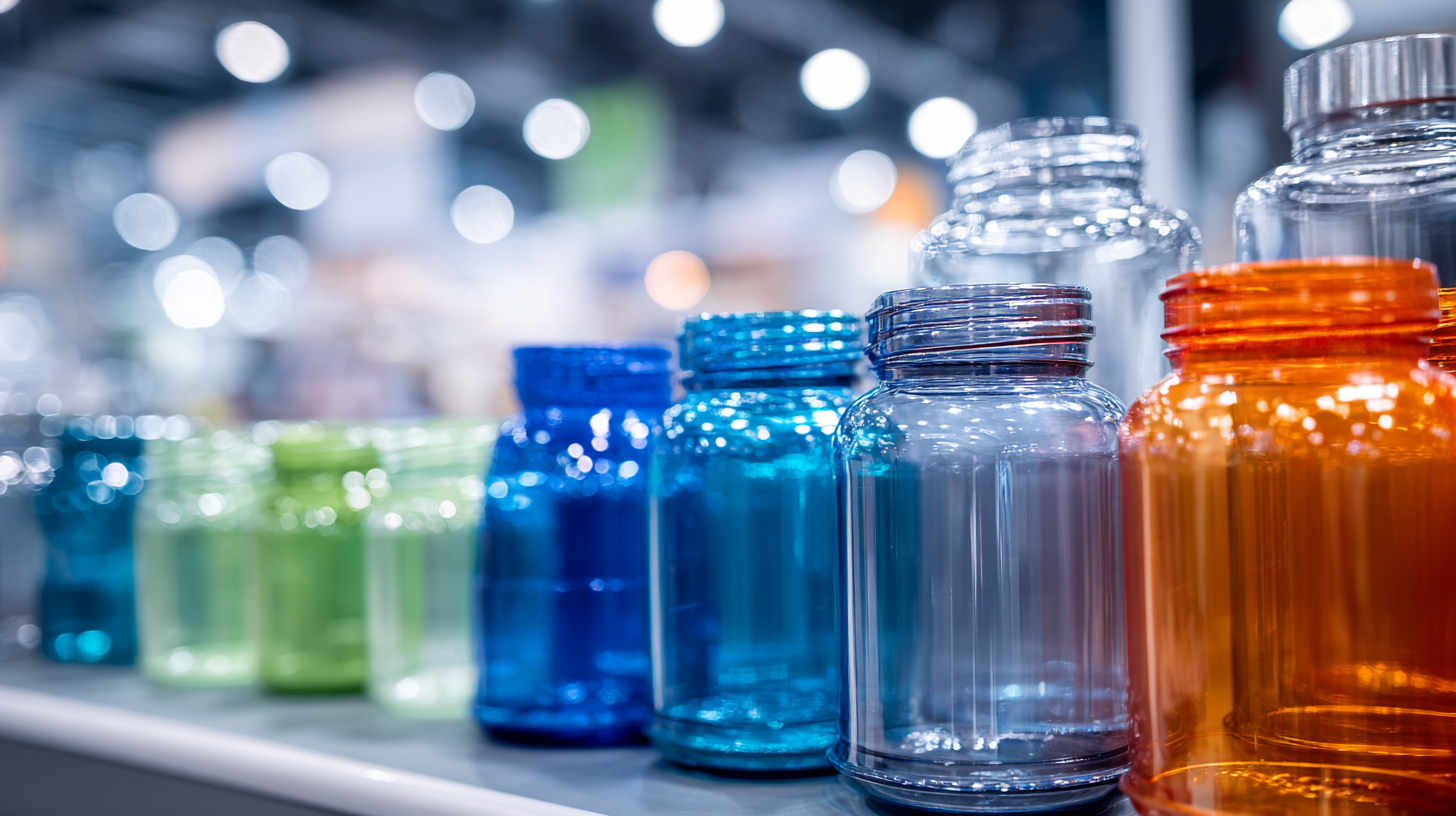
As the market adapts to these new regulations, businesses looking to export plastic food containers to China must be well-versed in the latest compliance mandates. This includes understanding specific material restrictions, labeling requirements, and certifications that are now essential for gaining entry into the Chinese market. Companies that proactively align their products with these regulatory changes will not only enhance their marketability but also be poised to capitalize on growth opportunities within a shifting consumer landscape that increasingly favors sustainable packaging solutions.
The growing concern for environmental sustainability is significantly shaping the food packaging industry, particularly in the realm of plastic food containers. Emerging trends indicate a shift towards sustainable packaging solutions that not only cater to consumer demands but also adhere to stricter regulatory standards. Biodegradable materials, plant-based plastics, and reusable packaging systems are gaining traction among manufacturers and consumers alike. As the 2025 China Import and Export Fair approaches, industry players are keen to showcase these innovative solutions that aim to minimize ecological footprints.
In addition to materials, the design of plastic food containers is also evolving to promote sustainability. Companies are investing in smart packaging that enhances recyclability and reduces waste. This includes lightweight designs that optimize material use and integrated recycling information that educates consumers on proper disposal methods. The fair will serve as a vital platform for stakeholders to explore these trends, network with like-minded businesses, and discuss the future of sustainable packaging in the food industry, positioning themselves competitively in an increasingly eco-conscious market.
As the 2025 China Import and Export Fair approaches, consumer preferences are playing a critical role in shaping the future of plastic food containers. Today's consumers are increasingly conscious of sustainability, often seeking products that align with eco-friendly practices. This trend has led to a growing demand for biodegradable and recyclable materials, pushing manufacturers to innovate and adapt their offerings. Additionally, the rise of health-conscious lifestyles has fueled interest in food containers that are not only functional but also safe for food storage, free from harmful chemicals.
Furthermore, convenience continues to be a vital factor driving consumer choices in this market. With busy lifestyles, consumers prefer food containers that are versatile, durable, and easy to use. Features such as microwave and dishwasher compatibility, as well as space-saving designs, are highly sought after. Companies attending the fair must be prepared to showcase innovative designs that cater to these preferences, ensuring that their products stand out in an increasingly competitive landscape. By addressing both sustainability and convenience, manufacturers can effectively meet the evolving demands of consumers in the food container market.
As the demand for plastic food containers continues to grow, the competitive landscape among suppliers in China is evolving rapidly. Key market reports indicate that the global plastic container market, particularly driven by advancements in food packaging technology, is projected to see significant growth by 2032. Innovations in packaging not only address consumer needs for food safety and quality preservation but also contribute to extending shelf life, which is increasingly important in the fast-paced food industry.
Reports suggest that companies are focusing on sustainable packaging solutions, with a notable shift towards biodegradable plastics. The cold chain packaging market is anticipated to expand as pharmaceuticals leverage recyclable materials to mitigate environmental impact. Furthermore, the lightweighting trend in bottle design signifies a strategic move by manufacturers to optimize material usage without compromising functionality. According to recent industry analyses, the rise in eco-friendly packaging is transforming the competitive dynamics within the plastic food container sector, compelling suppliers to adapt or risk obsolescence in this evolving market landscape.
